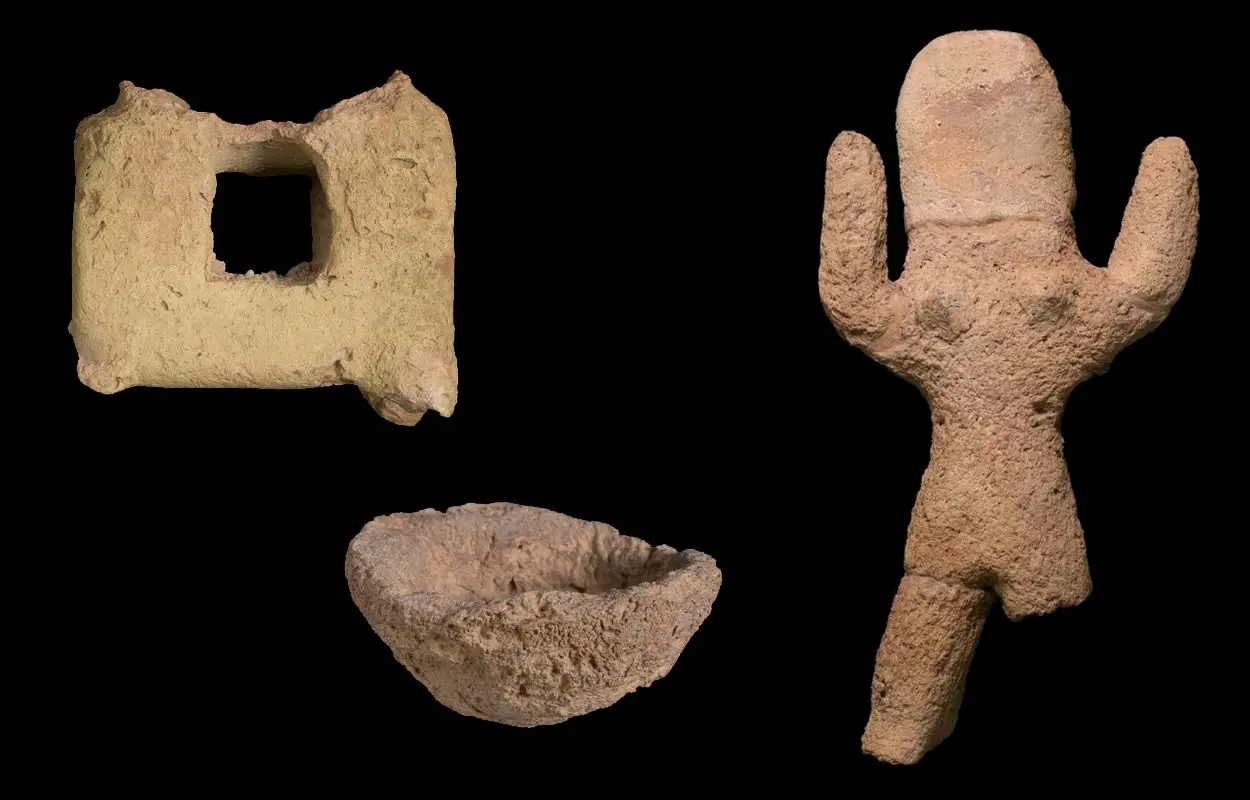In a new study published in the Journal of Material Cultures in the Muslim World, archaeologists suggest that artefacts found on the road to Mecca were used in magical rituals to “ward off the evil eye”.
Excavations in the late 1990s uncovered artefact assemblages in the Eilat region of Israel, where the Pilgrimage Road (Darb al-Hajj, in Arabic) from Cairo crossed the Sinai Peninsula, and continued in the region of Eilat to the town of ‘Aqaba, and then onto Arabian Peninsula.
Archaeologists found dozens of fragments of clay globular rattles containing small stones, in addition to miniature votive incense altars, colored quartz pebbles, and a small female figurine.
According to Itamar Taxel of the Israel Antiquities Authority, Dr. Uzi Avner of the Dead Sea-Arava Science Center, and Dr. Nitzan Amitai-Preiss of the Hebrew University of Jerusalem, the artefacts were employed in magical rituals to heal diseases and ward off the evil eye.
“This discovery reveals that people in the Early Ottoman Period consulted popular sorcerers alongside the formal belief in the official religion,” said: Taxel, Avner and Amitai-Preiss.
This theory is supported by ancient literary sources, which indicate that there was a demand for magical rituals among people from different strands of society. Such rituals were carried out daily alongside the formal religious rituals—including in the Muslim world—and it is probable that the pilgrims making their way to the holy cities of Mecca and Medina were no exception.
An analysis of the clay fabric used for the artefacts has shown that they originate from Egypt. “This is the first time that such a large assemblage of ritual objects of this kind has been found, and it is even more unique at a temporary site and not a permanent settlement. Several camping sites and structures that served the pilgrims have been uncovered in the Eilat Mountains, and it seems that the main period that these structures functioned was in the Mamluk and Ottoman periods, from the 13th or 14th century AD onward,” said the researchers.
Header Image Credit : IAA





